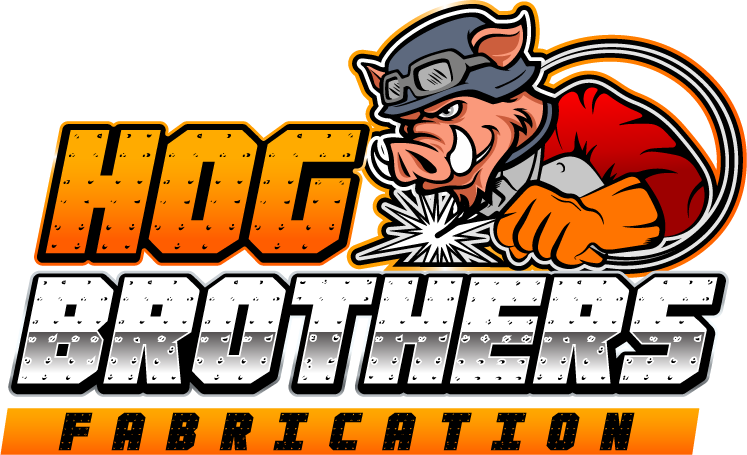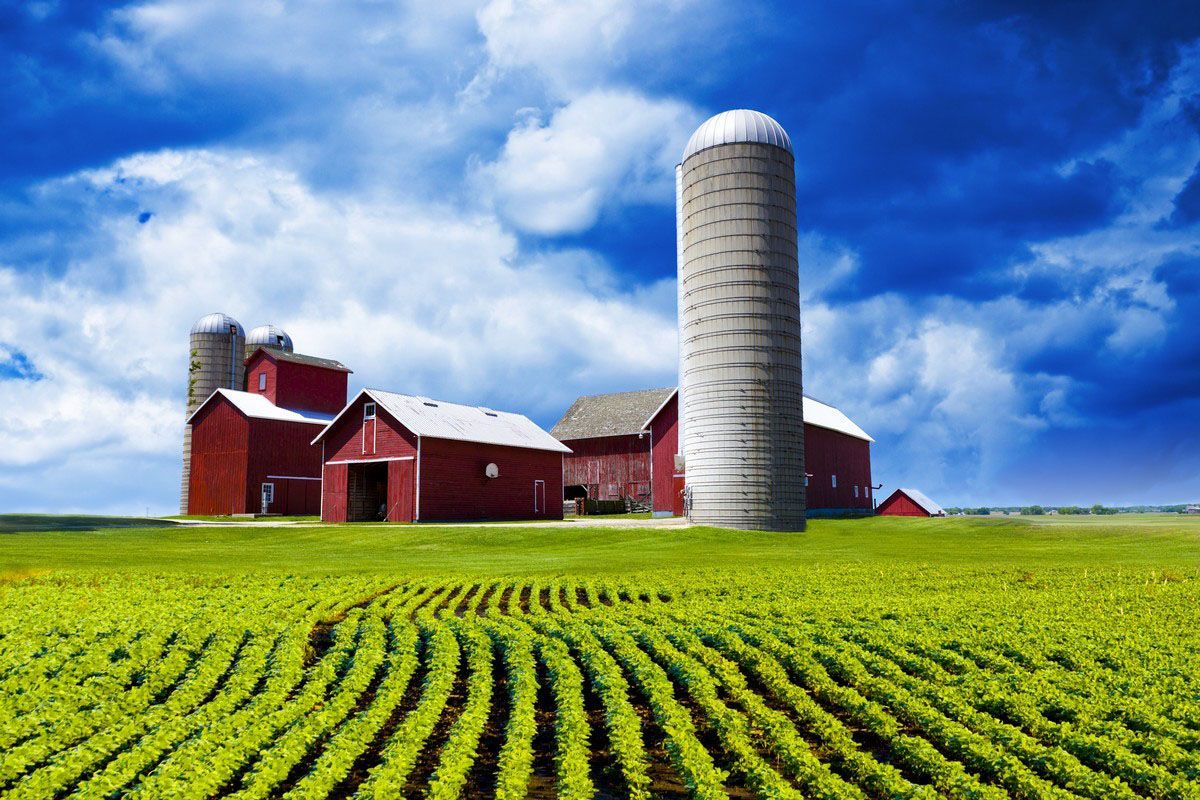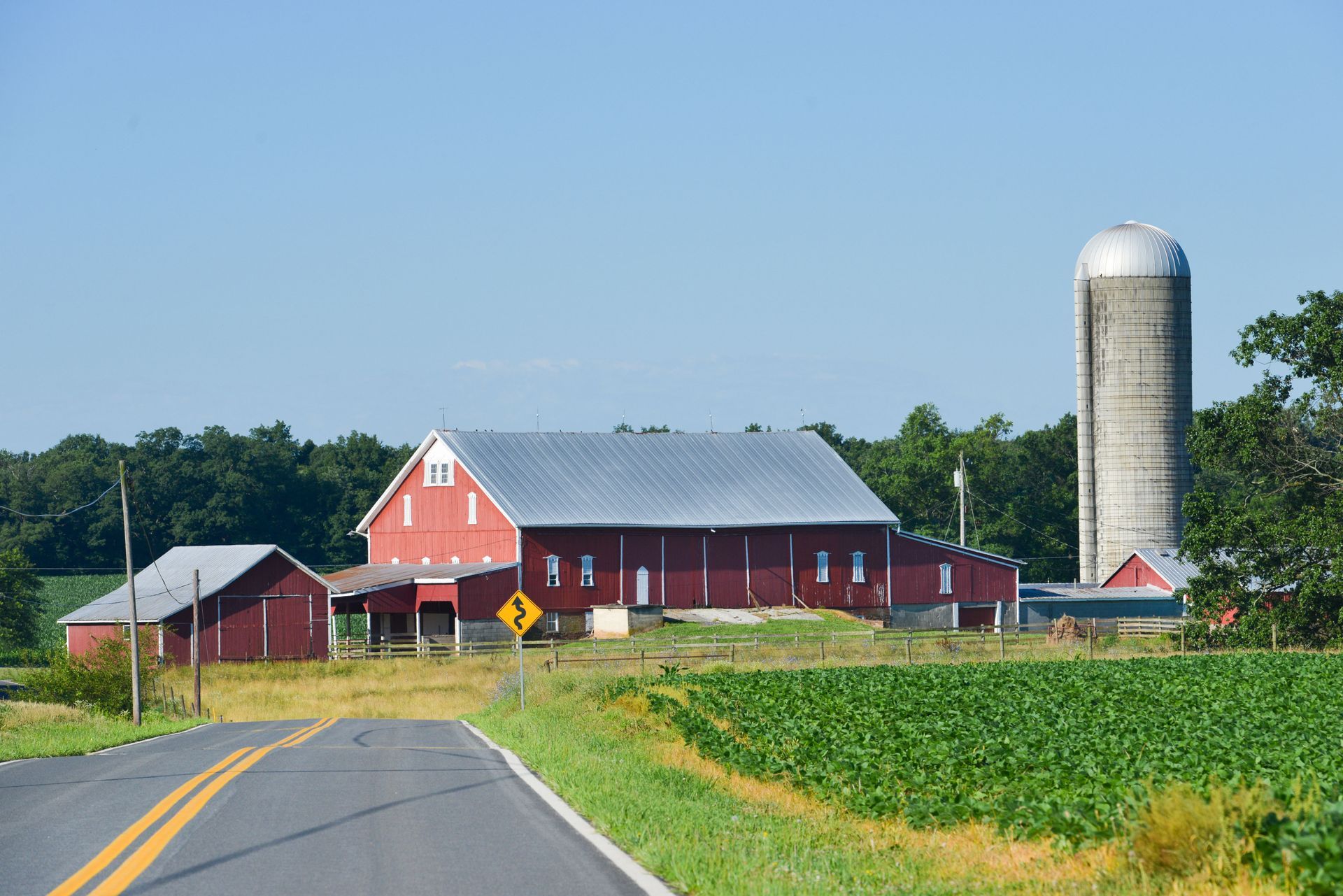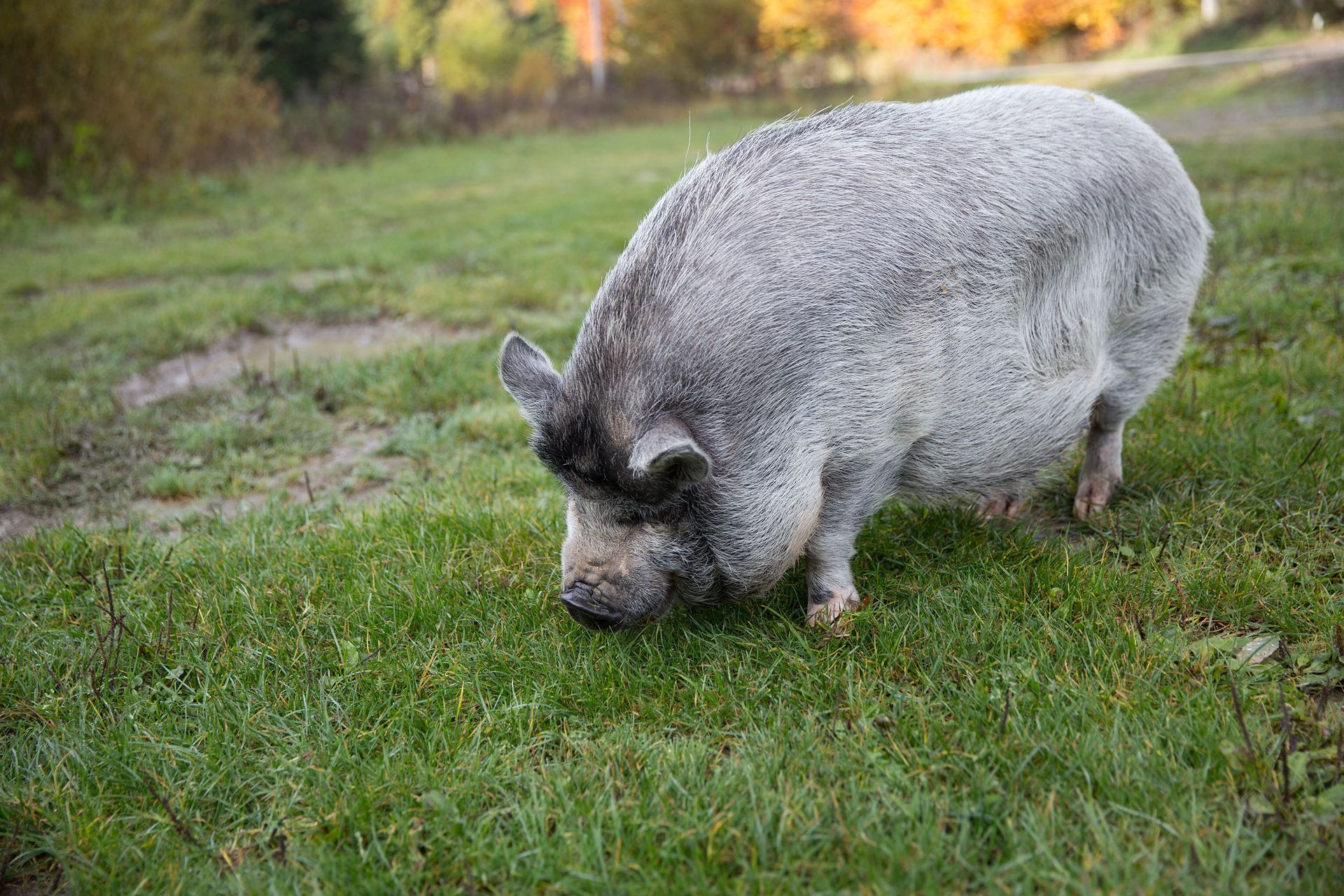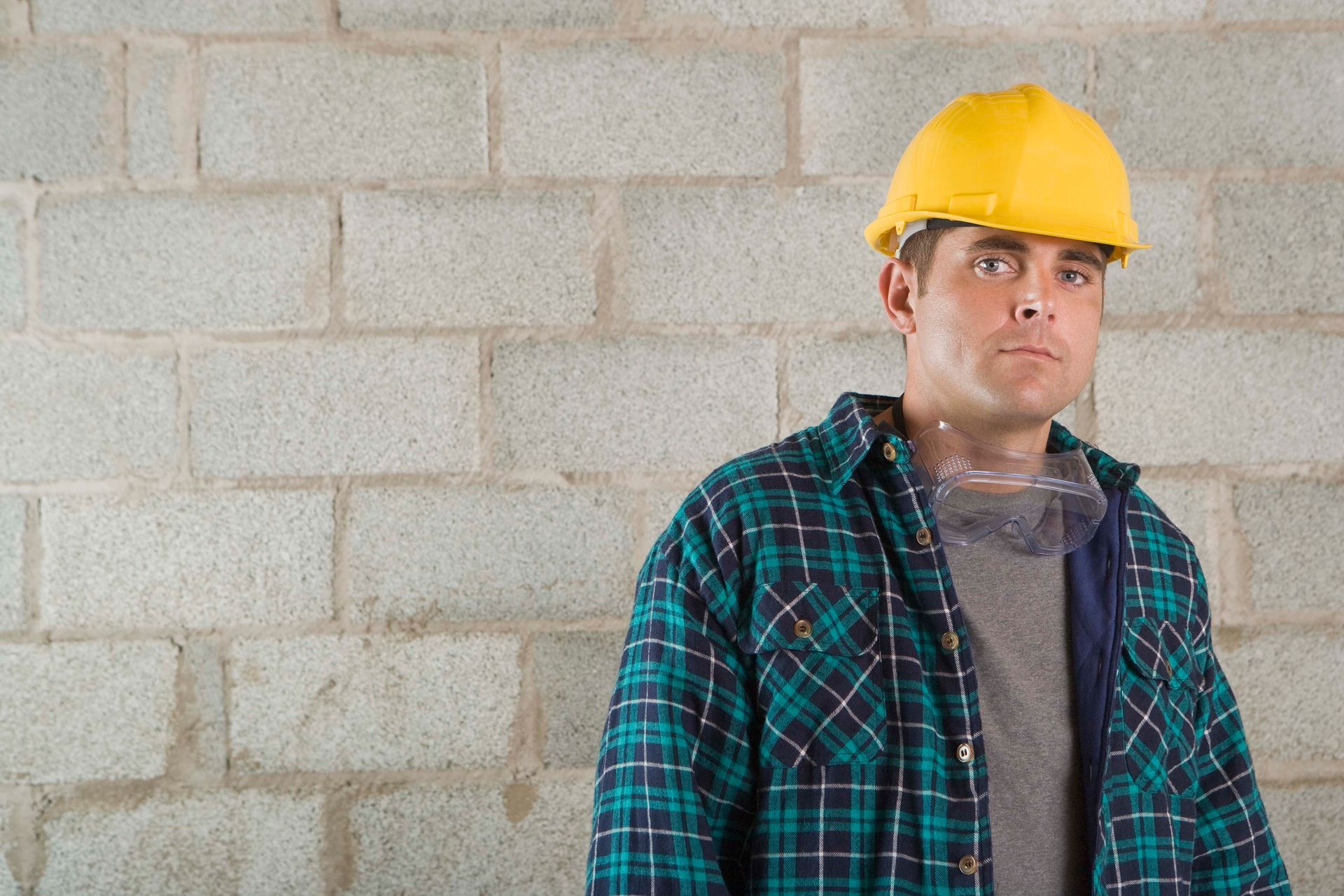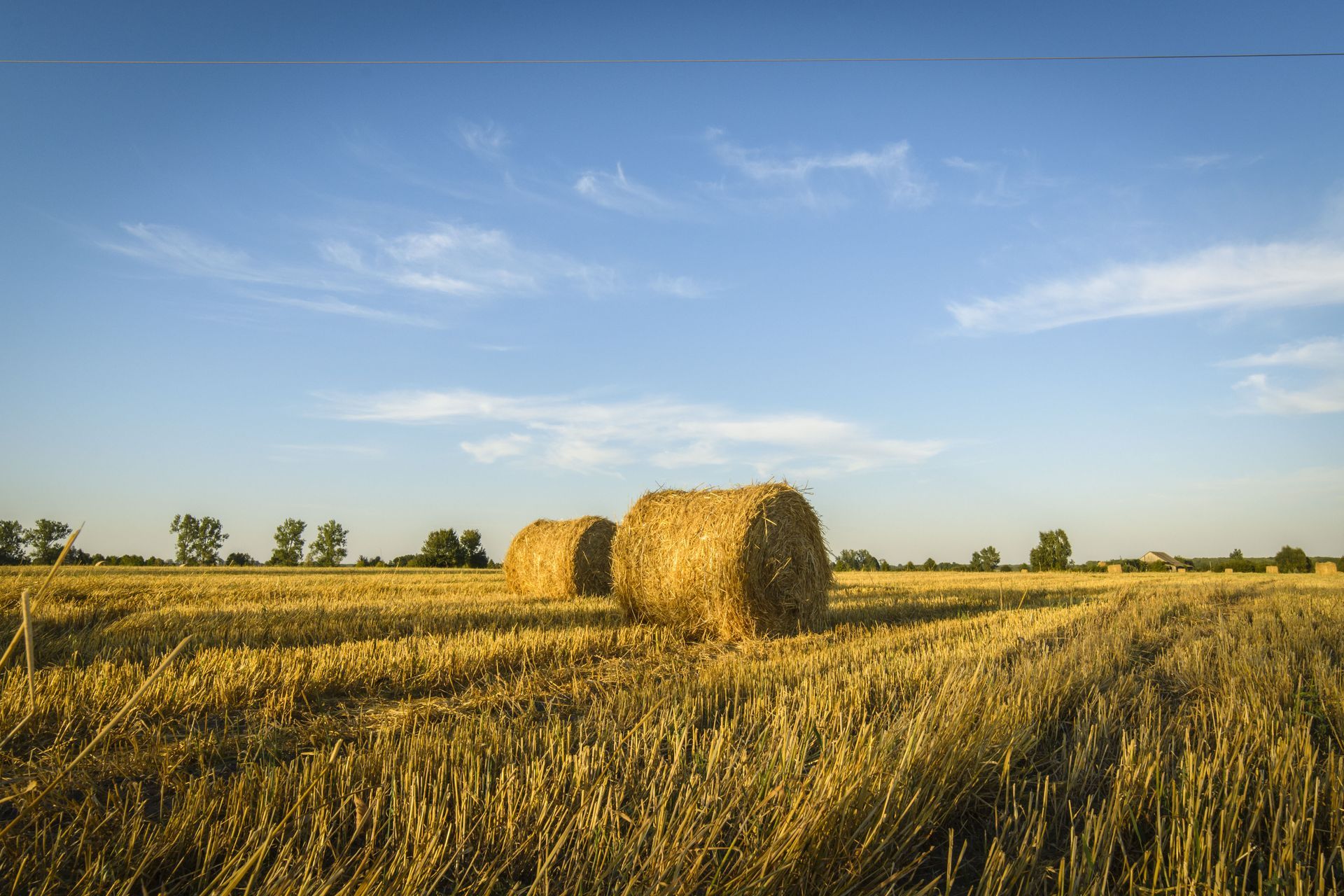October 31, 2025
Wild hogs have long been a part of the American landscape, causing both fascination and frustration for farmers, hunters, and landowners. These animals, though often admired for their resilience and adaptability, can also pose significant challenges when they overrun agricultural areas or private lands. Over time, the demand for effective control methods has given rise to a specialized industry: hog trap services. These services are designed to safely and efficiently capture wild hogs, mitigating damage while maintaining ethical treatment. Understanding the evolution of hog traps requires a look into both the history of wild hogs in the Americas and the development of trapping techniques over the centuries.
The Introduction of Wild Hogs to the Americas
According to the U.S. Department of Agriculture, wild hogs were introduced to the Americas in the 1500s. Spanish explorers brought domestic pigs to the New World as a source of food, inadvertently creating a population of free-roaming pigs. Over time, some of these animals escaped or were released, adapting to the wild and reproducing rapidly. The adaptability of these animals allowed them to spread across the continent, thriving in forests, swamps, and grasslands.
Initially, wild hogs were hunted by settlers for sustenance. However, as populations grew and the pigs began to compete with livestock for resources and destroy crops, more systematic approaches to population control became necessary. This need laid the foundation for the earliest forms of hog traps, which aimed to protect property and maintain the balance between humans and these increasingly invasive animals.
Early Trapping Methods and Techniques
Before modern hog trapping solutions emerged, early settlers relied on rudimentary trapping methods. Simple pits, corral traps, and baited enclosures were commonly used. These early traps often required considerable effort and posed risks to both the user and the animal. Pitfall traps, for example, could be effective but were labor-intensive to dig and maintain, and they sometimes injured the hogs, raising ethical concerns even then.
Over time, innovations in trap design improved safety and efficiency. Farmers and hunters began using sturdy wooden or metal enclosures with gate mechanisms triggered by bait. These traps were the precursors to today’s professional hog trap services, emphasizing a combination of humane treatment, efficiency, and reliability. While early methods were limited in scope and scale, they marked the beginning of a more strategic approach to hog management.
The Rise of Professional Hog Trap Services
As wild hog populations increased and the demand for crop protection grew, hog trapping evolved from an individual task into a professional service. Hog trapping solutions emerged to meet the needs of farmers, ranchers, and property owners who lacked the time, equipment, or expertise to trap hogs effectively.
Modern hog trap services employ specialized equipment, including portable corral traps, remote monitoring systems, and baiting strategies designed to attract and contain hogs efficiently. These services are often seasonal, coinciding with periods when hog activity is highest, but many providers offer year-round solutions to manage persistent populations. By outsourcing this work, landowners can address wild hog problems safely and efficiently, reducing damage to crops, fences, and natural habitats.
In addition to efficiency, professional hog trapping solutions also focus on humane treatment. Unlike historical pit traps or rudimentary enclosures, modern traps are designed to minimize stress and injury to captured animals. Many services also provide options for relocation or euthanasia, depending on local regulations and landowner preferences. This approach reflects a growing awareness of animal welfare and a commitment to responsible wildlife management.
Regional Variations in Hog Trapping Practices
Hog trap services vary significantly across regions due to differences in climate, terrain, and wild hog behavior. In southern states, for example, dense forests and warm weather create ideal conditions for rapid hog reproduction, requiring more intensive trapping efforts. In contrast, northern regions may see smaller populations but still experience localized damage, especially near agricultural land.
The type of trap used often depends on the environment. Open-field areas may allow for large corral traps, while wooded or rugged terrain requires portable or modular solutions. Baiting strategies also differ: in some regions, corn or other grains are preferred, while in others, specialized feed mixtures are used to attract wary hogs. By tailoring services to regional conditions, hog trap professionals maximize effectiveness while minimizing disruption to the ecosystem.
Furthermore, regional regulations influence how hog trapping solutions operate. Some states mandate reporting or restrictions on relocation, while others allow more flexibility. Navigating these legal frameworks is a key aspect of professional hog trap services, ensuring compliance and reducing potential conflicts with local authorities or conservation agencies.
Technological Advancements in Hog Trapping
Technology has played a transformative role in modern hog trap services. Innovations such as motion-activated cameras, automated gates, and GPS tracking allow professionals to monitor hog activity with unprecedented precision. These tools not only improve capture rates but also reduce labor costs and increase safety for workers.
Remote monitoring, in particular, has revolutionized the industry. Traps equipped with sensors can alert service providers when hogs enter, enabling timely action without constant physical presence. This technology also provides valuable data on population patterns, helping landowners and wildlife managers develop more effective long-term strategies.
Additionally, advances in trap design, including collapsible corral systems and reinforced fencing, have improved both the efficiency and safety of hog trapping. Combined with careful baiting techniques and knowledge of hog behavior, these innovations allow hog trapping solutions to operate at a scale and effectiveness previously unimaginable.
The Role of Hog Trap Services in Environmental Management
Beyond protecting crops and property, hog trapping solutions play a crucial role in broader environmental management. Wild hogs are known for their destructive feeding habits, which can lead to soil erosion, water contamination, and displacement of native wildlife. By managing hog populations, professional services help preserve ecosystems and promote biodiversity.
Effective hog control also benefits local economies. Agricultural losses due to wild hogs can be substantial, and uncontrolled populations can threaten livestock, timber, and recreational lands. By mitigating these risks, hog trapping solutions contribute to economic stability and reduce the financial burden on farmers and communities.
Moreover, trapping programs can complement other wildlife management efforts. Coordinated strategies involving trapping, hunting, and habitat modification create a comprehensive approach to controlling invasive species. Hog trapping solutions are an essential component of this integrated management, combining practical expertise with scientific knowledge to address complex ecological challenges.
The history of hog trap services reflects centuries of adaptation, innovation, and growing awareness of both animal welfare and environmental stewardship. From the introduction of wild hogs to the Americas centuries ago to the sophisticated professional services of today, trapping methods have evolved to meet the changing needs of landowners and communities.
Modern hog trapping solutions offer an efficient, humane, and technologically advanced solution to the challenges posed by wild hogs. By protecting crops, preserving ecosystems, and supporting responsible wildlife management, these services have become an indispensable resource for anyone dealing with the impact of wild hog populations.
As wild hogs continue to thrive in diverse environments across the Americas, the demand for effective trapping solutions is likely to grow. The combination of historical knowledge, regional expertise, and technological innovation ensures that hog trap services will remain a vital tool for managing these resilient and adaptable animals for generations to come. If you're looking for high-quality
hog trap services, reach out to Hog Brothers today!

